The recent changes in international trade policy have led to increased tariffs on many products coming from China. These tariffs can raise the final cost of goods significantly, especially for small businesses and individual importers.
However, there are still ways to buy from China without the new tariffs by using smart sourcing strategies, alternative shipping methods, and leveraging legal exemptions.
Understanding these options can help you stay competitive and save money. This guide walks you through the most effective ways to avoid or reduce the impact of new tariffs when sourcing from China.

Use Free Trade Zones to Minimize Import Duties
Free trade zones are areas where goods can be imported, handled, and re-exported without immediate customs intervention.
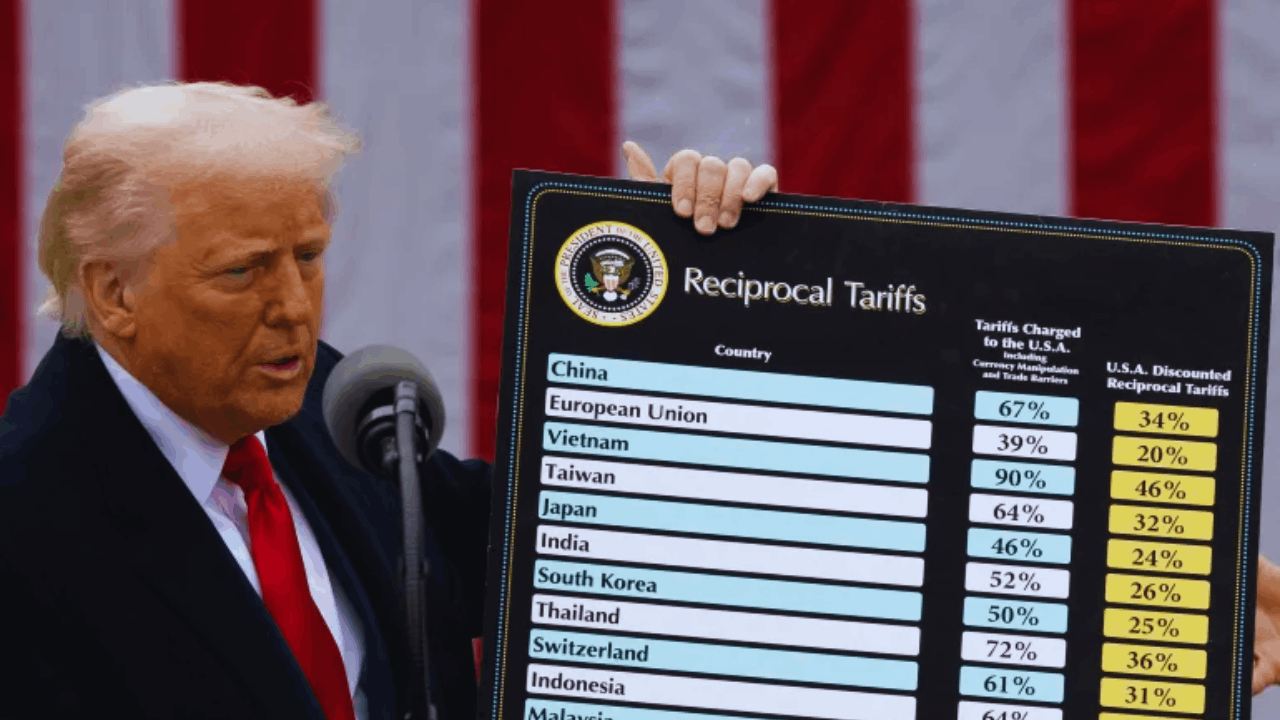
These zones exist in several countries and serve as strategic locations for businesses that want to process or redistribute goods while avoiding direct tariffs.
If you source goods from China into a free trade zone, you may be able to delay or avoid duties depending on how and where the products are used next.
Many companies utilize this setup to stage products before final delivery to their destination country.
Why Free Trade Zones Help You Cut Tariff Costs
Products stored in a free trade zone are not officially imported into the country, so they are not immediately subject to import duties.
If the goods are later re-exported to a third country or transformed into another product, they may bypass the original tariff rates. Some logistics partners offer access to bonded warehouses, which function similarly and offer additional storage flexibility.
Using these options requires coordination, but they can reduce your total landed cost. Always ensure that your shipping paperwork is accurate to avoid compliance issues.
Leverage Third-Party Warehouses Outside Tariff Jurisdictions
Another approach is to route your goods through countries that do not impose the same tariffs as your home market.
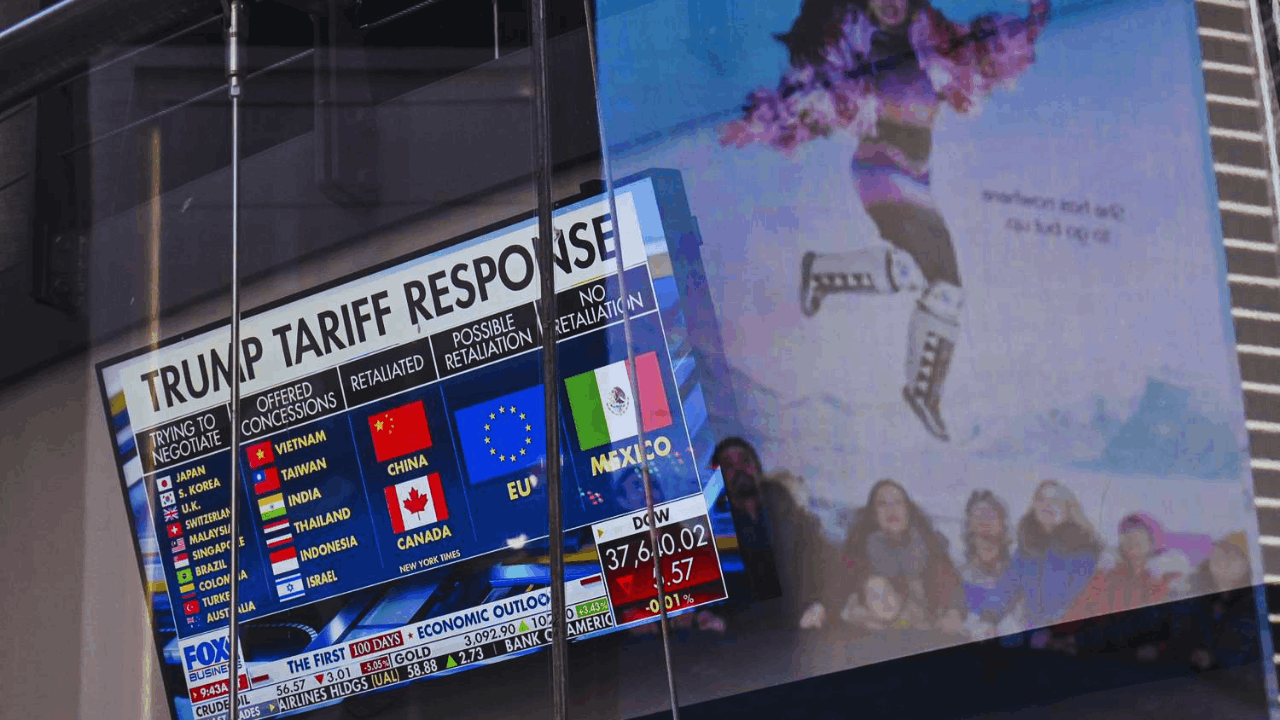
Third-party warehouses in regions like Southeast Asia or Central America can receive your Chinese goods and handle repackaging or relabeling before reshipment.
This strategy is often used to reduce the visibility of the original country of origin or to take advantage of more favorable trade agreements in secondary markets.
While this method involves extra steps, it may help avoid the full impact of new tariff laws.
How Transshipment Helps You Avoid Higher Import Charges
When products are shipped from China to an intermediate country and then forwarded to your destination, the invoice may reflect the second country instead of the original.
Some jurisdictions only apply tariffs based on the immediate supplier, not the manufacturer. This loophole works best when the repackaging country has a strong trade agreement with your destination country.
Make sure your documentation reflects the correct handling process to stay within legal boundaries. Partnering with experienced freight forwarders can simplify this type of operation.
Source Products Already Located in Local Markets
One of the simplest ways to avoid tariffs is to purchase goods that are already stored or warehoused in your own country.

Many Chinese manufacturers have partnerships with local distributors who import and store products in bulk before resale. By purchasing from these domestic inventories, you bypass the direct import process and the associated tariffs.
This method may carry a slightly higher per-unit cost, but it eliminates the risk of customs delays or surprise fees. It’s a practical choice for smaller orders or urgent stock replenishment.
Why Buying From Local Sellers Saves Time and Money
Since the tariffs are imposed at the point of entry, buying from a local supplier means the duties have already been paid by someone else.
You are not the importer of record, so your responsibilities end at the transaction. Products are delivered faster since there’s no international shipping involved.
You also gain access to customer support in your native language and local return options. This method offers predictability, especially when managing small-scale sales or short-term inventory gaps.
Work With Trade Agents Who Know Tariff Exemptions
Trade agents and sourcing professionals are often aware of product categories that qualify for exemptions or tariff reductions.
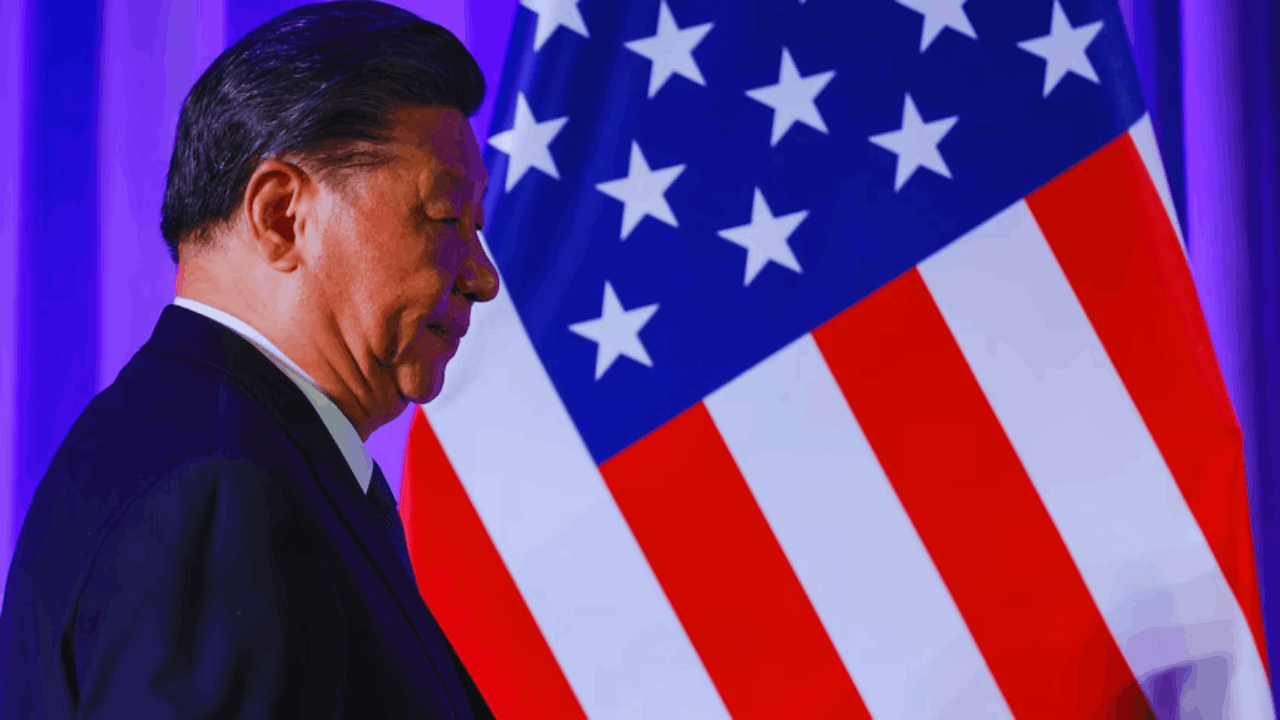
Some goods may fall under harmonized codes that are not affected by new import taxes. Others may be eligible for temporary exemptions, test shipments, or duty drawback programs.
By working with a knowledgeable agent, you gain access to loopholes and policy updates that you might otherwise miss. These professionals can also assist with correct product classification and documentation.
How Experts Help You Navigate Tariff Policy Changes
Trade professionals stay updated on regulatory shifts and can advise on the best product codes to use for import classification. Misclassifying goods can result in higher duties or shipment delays.
An experienced agent can review your product line and identify SKUs that are exempt or subject to reduced rates. They also manage supplier negotiations and ensure that product specs match the code used.
This level of guidance is especially useful when launching new items or expanding into unfamiliar markets.
Choose Products That Are Not Subject to Tariffs
Not every product imported from China is impacted by new tariffs. Items considered essential, low-risk, or not included in tariff lists can still be brought in without added cost.
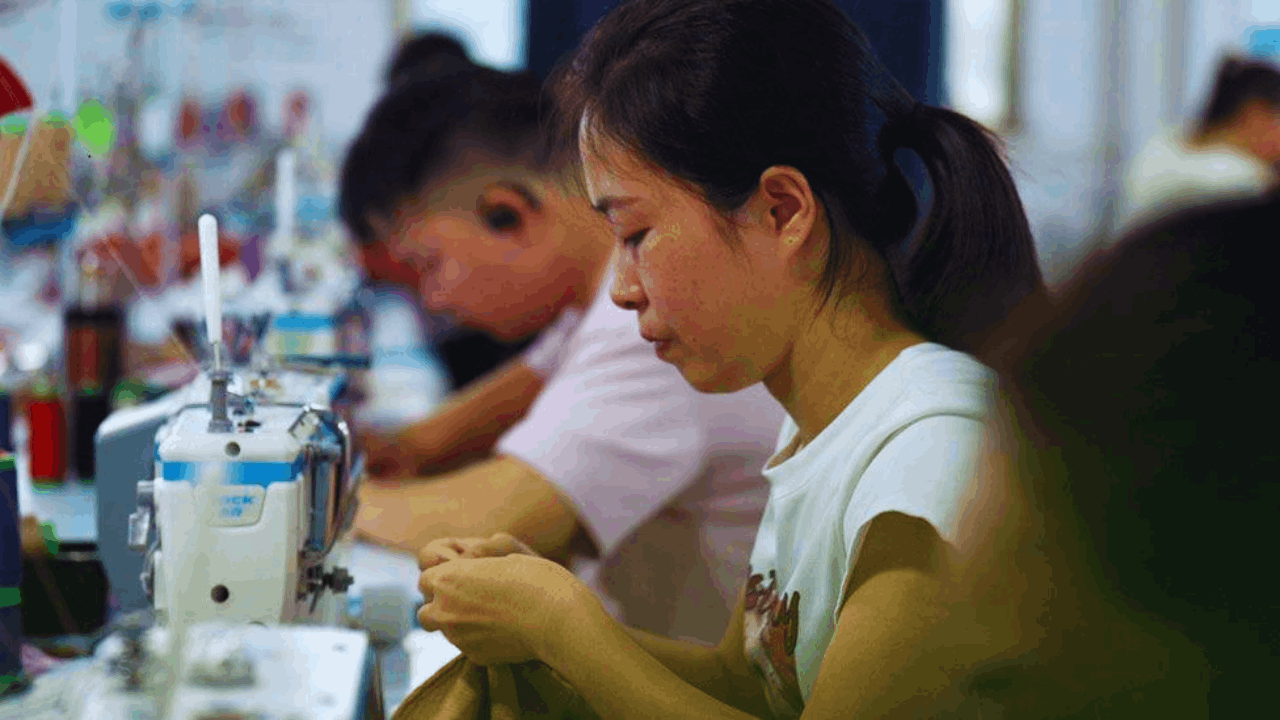
Knowing which categories remain duty-free helps you adjust your sourcing strategy. For example, certain textiles, basic consumer goods, or industrial components may fall outside the scope of trade penalties.
Check the current tariff codes and lists before placing large orders to avoid surprises.
Identifying Low-Tariff Products From China
Government trade offices often publish updated tariff schedules that list all affected product categories. Compare your desired items against these lists to see if they qualify for import without additional taxes.
Even small variations in product design or material can change the classification and cost. Communicate with your supplier to ensure the correct product description appears on all shipping documents.
Staying informed about these details protects your budget and avoids customs complications.
Consider Dropshipping or Fulfillment Services
Instead of importing inventory yourself, you can work with dropshipping providers or e-commerce fulfillment services that handle logistics on your behalf.
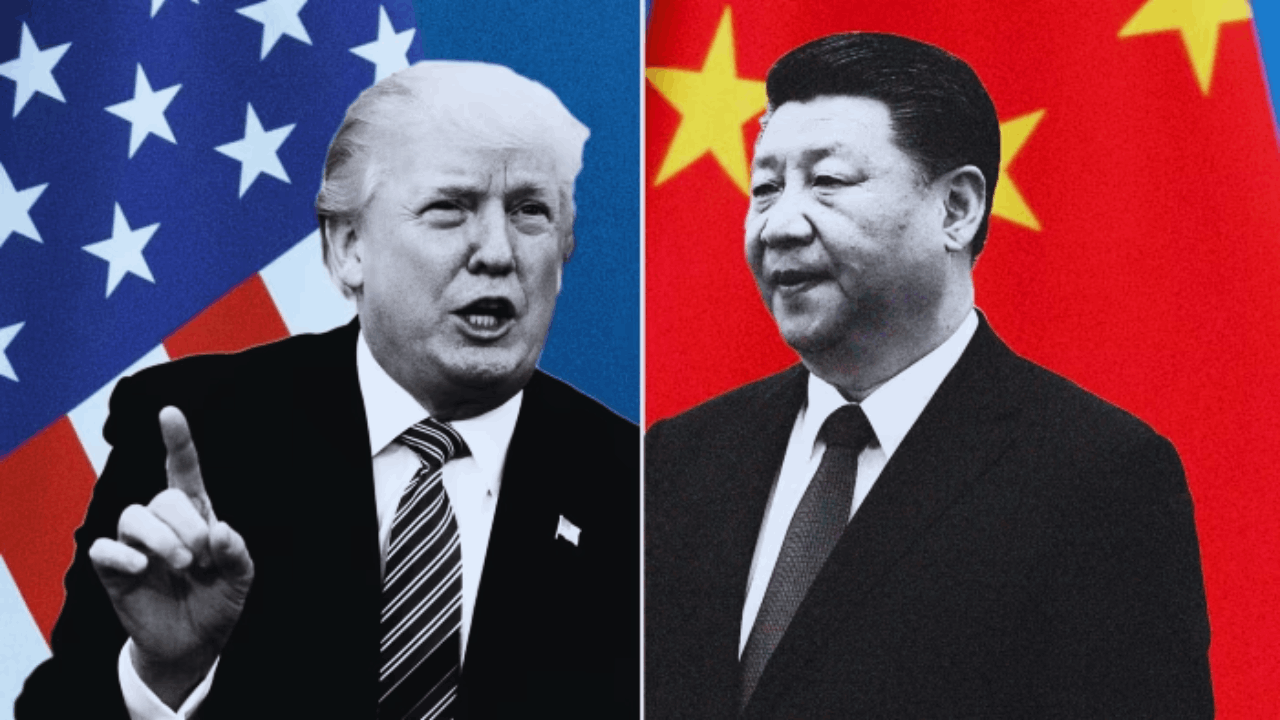
These companies maintain their own stock and ship directly to your customers, usually from warehouses in tariff-exempt regions.
Because you’re not the importer, you are not directly affected by new trade fees. This business model is common for online sellers who want to avoid carrying physical inventory or dealing with cross-border shipments.
Why Fulfillment Partners Reduce Your Tariff Exposure
Fulfillment centers already manage customs, duties, and compliance issues for the products they stock. When you sell through their platforms, you’re essentially acting as a reseller rather than an importer.
This limits your exposure to changing import rules. You gain faster shipping times and lower capital risk since you don’t need to buy bulk stock upfront.
Many services offer branded packaging and tracking to maintain a professional customer experience.
Optimize Shipping Methods to Reduce Tariff Impact
Sometimes, the way goods are shipped can affect the duties applied. For instance, smaller parcels below a certain value threshold may qualify for de minimis exemptions in some countries.
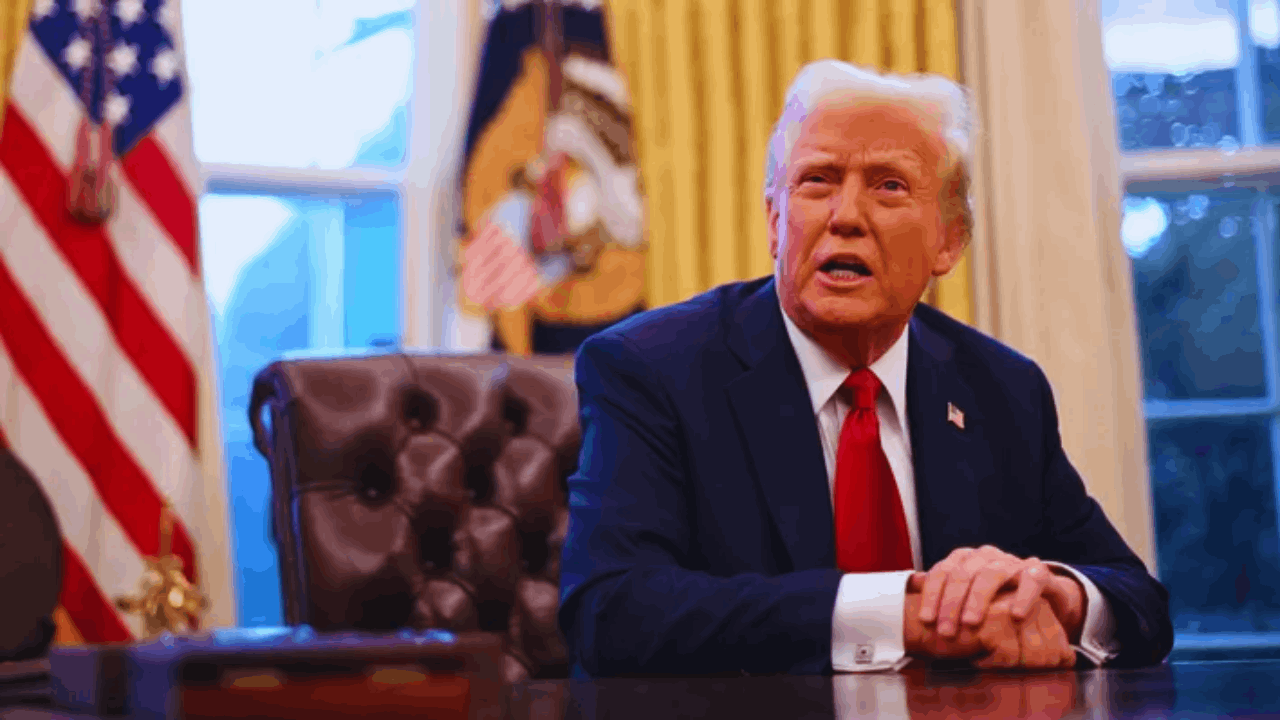
Consolidated shipments or special courier programs may also be subject to lighter regulations.
Adjusting your shipping method can influence whether your package is inspected, delayed, or taxed. Discuss shipping options with your logistics provider before confirming your order.
Using De Minimis Rules and Courier Exemptions
Many countries allow goods under a certain declared value to enter duty-free. This threshold varies by destination but can be useful for small orders or test shipments.
Some express couriers have arrangements that streamline customs clearance for these packages. By breaking larger orders into smaller shipments, you can potentially lower your duty exposure.
However, this requires careful planning and cost comparison to ensure that shipping fees do not exceed your savings.
Conclusion
The new tariffs on Chinese goods have made international sourcing more expensive, but they haven’t eliminated all options.
If you understand how to work around these charges, you can still buy from China without the new tariffs and protect your business margins. Make sure to review the latest import regulations regularly to stay ahead of any changes.









